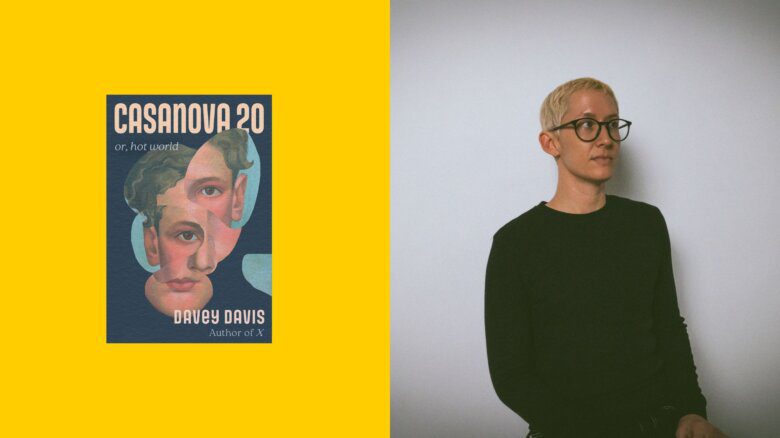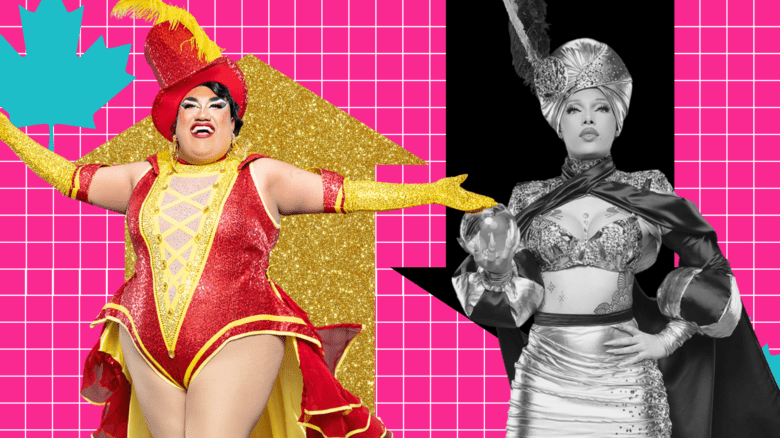Performers leap from pole to pole 25 feet above the stage, taking to the air in a display of agility and speed. In a slower act, three acrobats mesh their bodies together to form dramatic images, like shadow puppets. Later, an oversized swing catapults acrobats 30 feet into the air — and they land in a human pyramid. All with alarming precision.
“The human performers are doing what normally humans are not supposed to do. It looks like there is control because they are going slow but the slower they go the harder it is,” said Carmen Ruest, Saltimbanco’s director of creation. “It requires a lot of strength.”
On the whole, it’s a very queer sensibility, combining aspects of camp and spectacle with — let’s face it — a pile of hotties.
Cirque Du Soleil’s Saltimbanco is coming to Ottawa Aug 8-12 at Scotiabank Place.
From the Italian for “to jump on a bench” Saltimbanco is inspired by all facets of urban living and is the first “classic” Cirque Du Soleil touring show to be presented in arenas.
The toiling city dwellers, the hustle and bustle of the street and the towering heights of skyscrapers are all represented, promising to take spectators on an allegorical and acrobatic journey into the heart of the city in Cirque’s signature ornamented style. Cities are usually perceived as alive and exciting, far away from gloom and darkness, which is what the acts strive to build on.
And it’s all headed by a cast of kaleidoscopic artists sure to draw Saltimbanco spectators into their dream-like world, with a Ringmaster as guide as he watches over the metropolis.
First created 14 years ago and already seen by over 9.5 million people, Saltimbanco will be performed in arenas for the first time (instead of tents) during the show’s 2007 North American tour.
“The show itself has proven to be timeless,” said Ruest. “It’s a show that welcomes everybody. It’s really a visual feast.”
The liveliness and uncontrolled energy of city life has inspired the set and costume designers to harness the power of magentas, greens, yellows and cyan to reflect urban liveliness.
Unbelievable feats remain Cirque’s trademark. Saltimbanco employs jugglers, trapezes, boleadoras and bungee performances as well as many death defying acts.
“Everything they do is risky,” Ruest explains.
Cirque Du Soleil has been flexing its humanitarian muscle for years at home and abroad. The head office in Montreal stands on a former city dump. The 97 percent green energy building was erected in one of the poorest sections of Montreal. Cirque consciously chose the location to bring jobs and stability to the community. The company also donates one percent of all revenues to charity through its Cirque Du Monde program.
“Social work has always been a concern of ours, so we took action to help,” said Ruest.


 Why you can trust Xtra
Why you can trust Xtra


